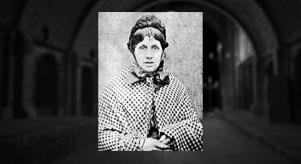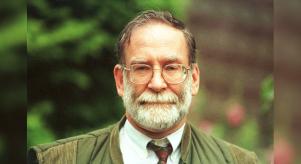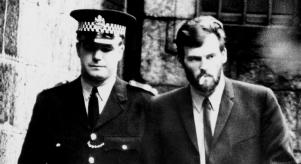
The Disappearance of Suzy Lamplugh
Last week I discussed the anguish for families who have lost a loved one to murder and are deprived of the chance to say their final goodbye. The case of Suzy Lamplugh is the type of case that terrifies every parent – a missing person, never found and eventually declared dead but with few details, no answers, no body and crucially no-one to be brought to justice. On the 28th July, 1986, estate agent Suzy Lamplugh was reported missing after going to an appointment to show a house to a ‘Mr Kipper’ according to her diary. Her car was found nearby with the ignition key missing, but her purse was still there. She was never seen again and in 1994 she was officially declared dead, presumed murdered. A person can be declared dead, despite a body or remains being found after an extended period (approximately seven years) or when the circumstances or evidence points to the assumption the person has died. There have been several new investigations and searches for her remains but she has never been found and no-one has ever been convicted for her murder. A convicted rapist and murderer, John Cannan, was named by Scotland Yard as a suspect. He was released from a hostel days before she went missing, but despite an investigation, there was insufficient evidence to prosecute him. If indeed he is guilty, the only consolation is that he is already in prison serving three life sentences with recommendations that he is never released. Does any of this help Suzy’s family and loved ones though? Probably not… I can’t begin to imagine what her family have been through over the past 29 years. In 2000, when the police were re-investigating the case, Suzy’s Mother, Diana said “I think it may be almost impossible to find Suzy's body and the children don't want to find it. As a mother, I have always had this tremendous wish that I would like to hold her hand again, which is daft because there would only be a skeleton, at most, now. I have thought it through and, because her spirit is still with us, we can manage without her body. Whatever we found would not be Suzy. But it is still important to me to finish this case. There is a real need to carry this through and have an end to it all.” (The Telegraph, 30th July, 2000). It is apparent here how important it was for Diana to get closure. Unfortunately, Diana died in 2011, not knowing what had happened to Suzy and not seeing justice served.
Different families deal with this amount of trauma and grief in varying ways; some can never find the ability to accept never finding remains as Diana did and it destroys them. Diana drew strength from setting up the ‘Suzy Lamplugh Trust’ which helps people lead safer lives through education, training and campaigning. Diana spoke about the importance of bringing someone to justice, particularly for her husband and son. Families often find some small element of closure when they face the person who killed their loved one and see justice served. But to not have that closure, not face that person, not hear any details can be tortuous. In addition, many find it impossible to give up on that flicker of hope that they are still alive. This hope can become a living prison in cases where the person has been killed. Suzy’s Father described the feelings of relief when they declared Suzy dead - “it released us” he stated in 1993. Diana Lamplugh said she knew very soon that her daughter wasn’t coming home and thus having it officially declared she was dead meant she could grieve and begin to remember Suzy the way she was. Writing this, I am in awe at the Lamplughs’ strength, it seems incomprehensible how anyone can continue through such trauma. They did and they have left a wonderful legacy in Suzy’s name.




